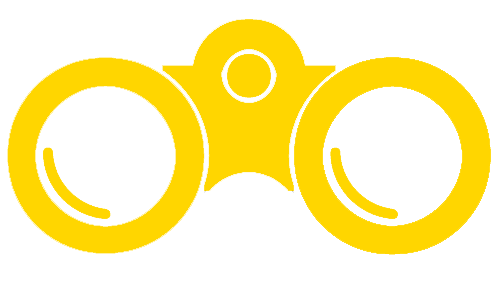
The following list shows a summary of the topics covered in this course. To see all of the course pages, visit the Table of Contents.
Module 1: Genre Introduction
- Defining Literature
- Introduction to American Literature
- Introduction to Fiction
- The Difference Between Fiction and Nonfiction
- Introduction to Creative Nonfiction
- Introduction to Plays and Film
- Reading a Play
- Reading Poetry
- Poetry Lesson Presentation
- Poetry Literary Terms: A Guide
- Free Verse
- Billy Collins: A Poet Speaks Out
- Approaching Poetry (Includes Free Verse)
Module 2: Literary Conventions
- Literary Terms
- Elements of Literature
- The Rough Guide to Literary Style, a Historical Overview
- Theme
- Conflict
- Symbols in Literature
- Symbolism
- Characters and Characterization
- Metaphor
- Point of View
- Perspective and Point of View
Module 3: Writing About Literature
- How to Read Like a Writer
- Modes of Exposition
- Reading to Write Effectively
- How to Write With Style
- Creating an Effective Style
- Structure in Literary Essays
- Distinguish Between Primary and Secondary Sources
- Using Databases: Periodical Indexes and Abstracts
- Writing an Introduction to a Literary Analysis Essay
- Creating MLA Works Cited Entries
- MLA In-Text Citations
- Annotated Bibliographies: An Illustrated Guide
Module 4: Literary Analysis
- The Nature of Analysis
- How to Analyze a Novel
- How to Analyze a Short Story
- How to Analyze Poetry
- How to Analyze a Film
- Finding Literary Criticism
- Reader-Response Criticism
- Introduction to Critical Theory
- New Criticism
- Multicultural Societies Explained
Module 5: Poetry Readings and Responses
- Maya Angelou, “On the Pulse of Morning,” 1993
- Billy Collins, “The Lanyard,” 2007
- Emily Dickinson
- Robert Frost
- Langston Hughes, “Let America Be America Again,” 1935
- Edgar Allen Poe
- Ezra Pound, Hugh Selwyn Mauberley, 1920
- Henry Wadsworth Longfellow, Selected Works, 1855
- Theodore Roethke, “My Papa’s Waltz,” 1961
- Christina Rossetti, “Goblin Market,” 1862
- William Shakespeare, Sonnets, 1609
- Percy Bysshe Shelley, “Ode to the West Wind,” 1891
- Phillis Wheatley, Poems on Various Subjects, Religious and Moral, 1773
- Walt Whitman, “When I Heard the Learn’d Astronomer,” 1865
- William Carlos Williams, “The Red Wheelbarrow,” 1962
Module 6: Drama Readings and Responses
- Anton Chekhov
- Susan Glaspell
- Langston Hughes and Zora Hurston, “The Mule-Bone,” 1930
- Henrik Ibsen, “A Doll’s House,” 1879
- Oscar Wilde, The Importance of Being Earnest, 1895
Module 7: Fiction Readings and Responses
- Louisa May Alcott, “Scarlet Stockings,” 1869
- Ambrose Bierce, “The Middle Toe of the Right Foot,” 1890
- Henry Cuyler Bunner, “The Nice People,” 1890
- Willa Cather, “On the Gull’s Road,” 1908
- Anton Chekhov, “Peasant Wives,” 1891
- Kate Chopin
- Joseph Conrad
- Philip K. Dick, “Beyond the Door,” 1954
- Charles Dickens, “The Signal-Man,” 1866
- Arthur Conan Doyle, “Scandal in Bohemia,” 1891
- F. Scott Fitzgerald, “The Ice Palace,” 1920
- Nathaniel Hawthorne
- Kelly Link, “The Specialist’s Hat,” 1998
- Charlotte Perkins Gilman, “The Yellow Wallpaper,” 1892
- Saki, “The Open Window,” 1914
- Mary Shelley, “The Mortal Immortal,” 1833
- Jim Shepard, “The Zero Meter Diving Team,” 2007
- Mark Twain, “Eve’s Diary,” 1905
- Madhuri Vijay, “Lorry Raja,” 2012
Module 8: Nonfiction Readings and Responses
- Frederick Douglass, My Bondage and My Freedom, 1855
- Henry David Thoreau, “Walden,” 1854
- Mark Twain, “Two Ways of Seeing A River,” 1883
- Booker T. Washington, Up from Slavery, 1901
- Zitkala-Sa, “The School Days of an Indian Girl,” 1900
- Other Creative Nonfiction Readings